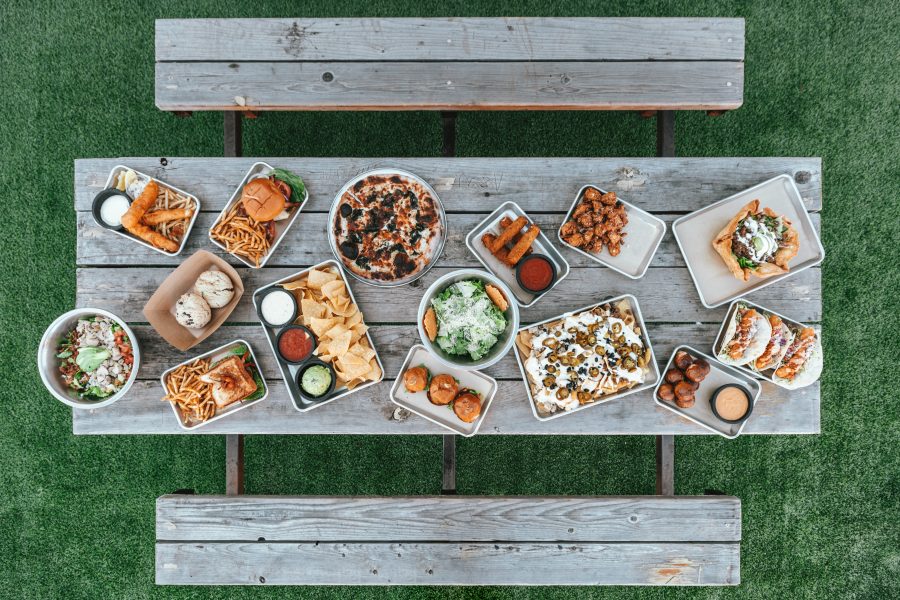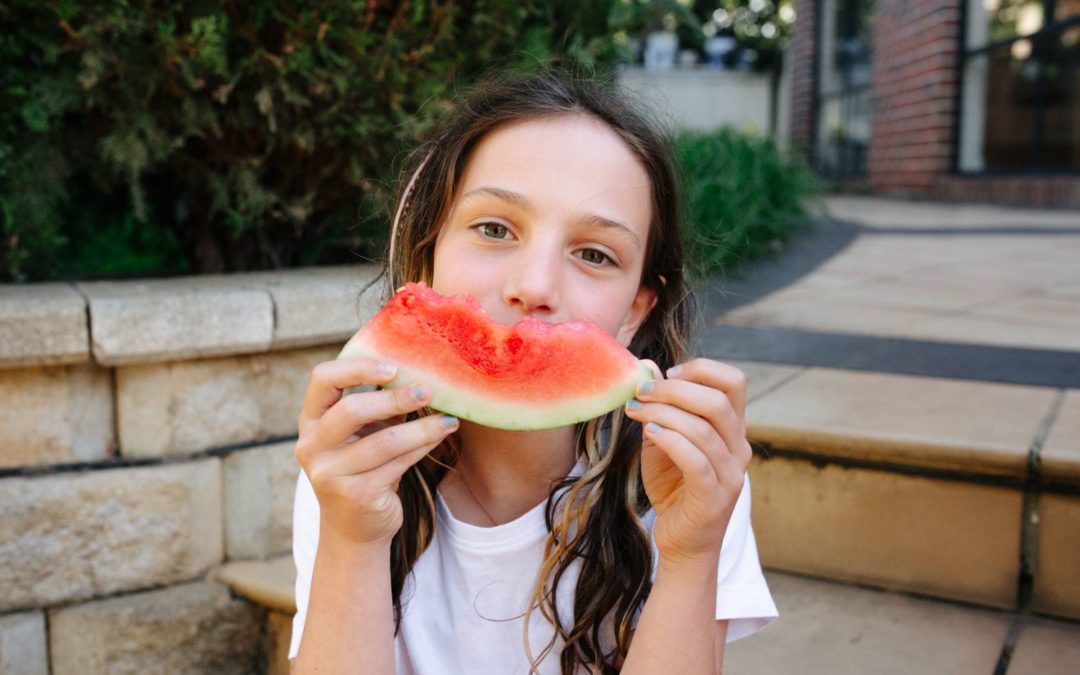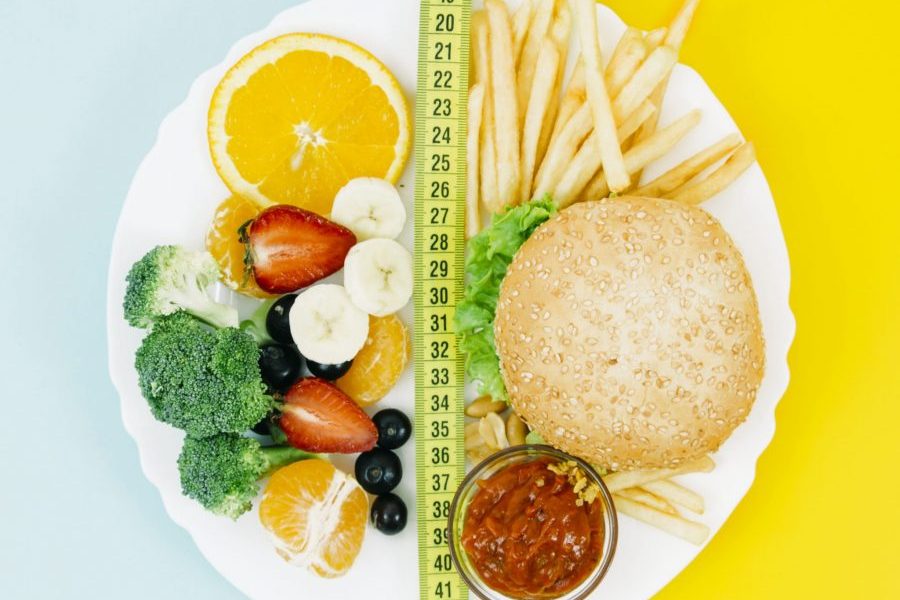At Foost we believe food is more than a pile of nutrients. It’s something to give us energy, something to feed our bodies and our soul, it’s social and it’s damn delicious!
Also we don’t really like numbers. Numbers for cooking are great- how many carrots in this recipe, grams of flour or milliliters of milk, but numbers on product packaging or numbers on the scales we don’t like so much. Because these numbers don’t actually tell us how happy we are, or how full our body is feeling or how well it is functioning for us.
At Foost, we believe it’s time to change our focus. Away from numbers, diets and scales, towards enjoying food, mindfulness and our body’s feelings.
Foost follows a non‐diet approach (technical term for anyone who wants to google it). The non‐diet approach is a gentle, compassionate approach to food and eating that encourages us to rely on internal signs of hunger and fullness. The non‐diet approach encourages us to approach our hunger signals with curiosity and eat in a mindful manner so that we enjoy food even more. It acknowledges that food is morally neutral, not good or bad; a banana doesn’t give you a foot rub when you are tired whilst a chocolate bar gossips behind your back. Food is just food, not good or bad. The non‐diet approach acknowledges that normal eating is flexible and involves eating from a wide variety of foods.
We are encouraging you to start to respect your body; start focusing on all the great stuff it does for you. And to starting listening more to your body…
Tips for incorporating this approach into your diet:
Eat slowly
Slowing down whilst eating is great for increasing the pleasurable experience of eating, especially when eating something delicious. Slowing down also gives us a chance to listen to when our bodies have reached a point of satisfaction without being overly full a.k.a post Christmas lunch feelings.
Turn off the TV
Reducing distractions when eating allows for us to pay more attention to the delicious food and our body’s cues. If dining alone, try the radio in place of the TV. Or enjoy the peace.
Sitting around the table with your family (instead of sitting around the TV) is also great for your social health. It helps foster a sense of belonging and connectedness and brings the family together. It’s great family time and helps kids see adults eating lots of different foods – and if kids see you eating something they’ll be more likely to try it themselves!
Say ‘Grace’ before a meal
This doesn’t have to come from a religious point of view (unless you want to). Take a moment before a meal to be mindful. Grateful for the meal. And a moment to remind yourself to slow down, be present when eating and listen to your body’s cues.
Listen to your hunger
What are your body’s signals? Do you know when you are hungry and full? Hunger feeling may include:
• Feeling of stomach emptiness
• Stomach gurgling, growling or rumbling
• Headache, dizziness, faintness or light‐headedness.
• Irritability, hangry
• Having trouble concentrating
Then as you start to eat, these feelings reduce. You start to feel full and slowly the urge to eat reduces. Try to tune into your body’s feelings for fullness, so you can self‐regulate how much you choose to eat.
Practice leaving some food on the plate
Many of us grew up with being told to finish everything on your plate. My father was a child of the second world war so it made sense that he told me to “eat up, you never know when your next meal is coming from”. But most of us today are lucky enough to not have to worry about food insecurity, for most of us we have plenty of food. So practice leaving some food on your plate, and feeling okay about it.
Worry less about the scales and calorie numbers; focus on colours
Out all of the food groups, fruits and vegetables keep coming up trumps when it comes to improving health, helping you to be the best you can be. Including as many different colours into your meals and snacks. More eat colourful tips here.
Treat yourself and others with compassion
We all have different definitions of health. We all have different bodies. We all have different experiences of food. Try not to judge others by what they eat or by the shape of their bodies. Nor judge yourself by it. You are not defined by the shape of your body or the numbers on a scale. You are not defined as a parent by what your child eats or the food you put in their lunchbox. Treat yourself, your family and those you meet with compassion and kindness around food and bodies.
Be active; move your body in an enjoyable way
Participate in enjoyable movement. Coming from a place of respect means that we try and be active in ways that we actually enjoy. We exercise because it feels good not to change our body shape or to lose weight. Exercise can help you sleep better, reduce stress and increase mental health. Go for a walk with your dog, dance in the lounge room with your kids or join a yoga class. Whatever you enjoy.










